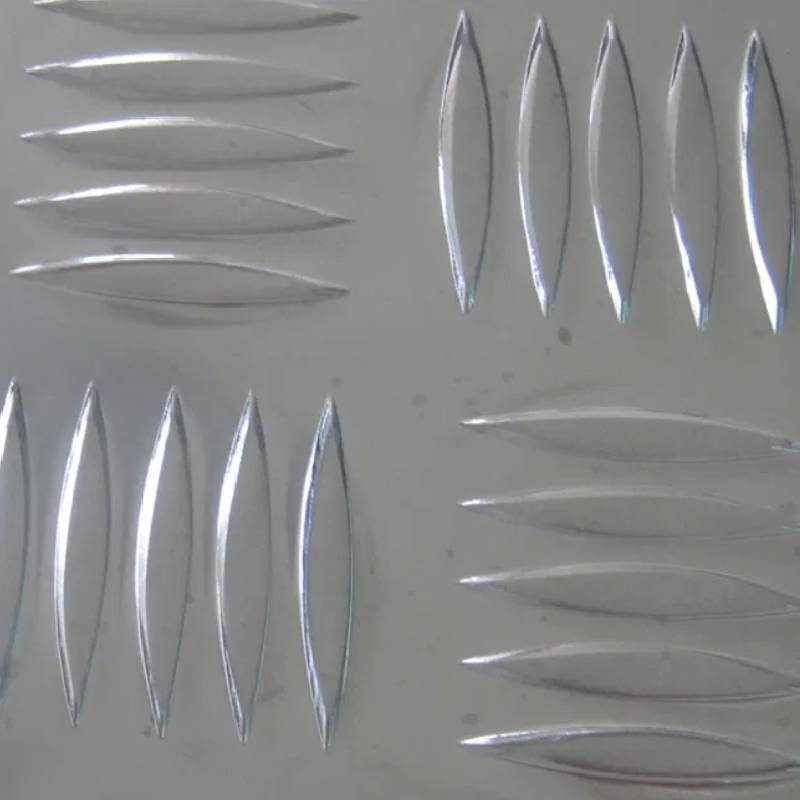Understanding Livestock Feed Panels A Key Element in Animal Husbandry
In the realm of agriculture, livestock productivity is pivotal, and one of the core contributors to this productivity is efficient feeding management. Livestock feed panels have emerged as essential tools in this process, streamlining feeding routines and contributing to the well-being of animals. This article delves into the significance, design, and benefits of livestock feed panels, highlighting their role in modern animal husbandry.
What Are Livestock Feed Panels?
Livestock feed panels are structures or systems designed to hold and distribute feed to livestock, including cattle, sheep, goats, and other animals. These panels can come in various forms, from simple troughs to complex automated feeding systems. Their primary purpose is to ensure that animals have easy access to their feed while minimizing waste and promoting a healthier feeding environment.
The Importance of Proper Feed Distribution
In livestock management, the manner in which feed is distributed can greatly affect animal health and productivity. Proper feed distribution ensures that every animal has equal access to the necessary nutrients, helping to prevent competition and aggression among animals. This is particularly important in larger herds, where some animals may dominate feeding areas, potentially leading to malnutrition in less aggressive individuals.
Additionally, well-designed feed panels can help reduce feed wastage. Feed that falls to the ground or is trampled can result in unnecessary costs and decreased efficiency in feed utilization. By delivering feed in a contained area, livestock feed panels help to ensure that feed remains accessible and is consumed effectively.
Types of Livestock Feed Panels
1. Static Feed Troughs These are the most basic form of feed panels. Typically made from materials like wood, metal, or plastic, static troughs are stationary and can be filled with feed as needed. They are suitable for smaller operations and can be customized in size and shape to suit different species.
livestock feed panels
2. Adjustable Feeding Systems For operations involving various livestock species, adjustable feeding systems can adapt to the height and feeding preferences of different animals. These systems often include adjustable panels or movable parts that accommodate the growth and changing needs of the animals.
3. Automated Feeding Panels Technology has ushered in a new era of feed management with automated systems. These panels can dispense specific amounts of feed at scheduled intervals, ensuring that animals receive their nutrition consistently without the need for manual labor. Automated systems also allow for precise control over feed types, catering to the dietary requirements of specific animals.
Benefits of Livestock Feed Panels
1. Enhanced Animal Welfare By promoting a more structured feeding environment, livestock feed panels contribute to better overall animal welfare. Easier access to feed reduces stress and aggression among animals and promotes a healthy social dynamic within the herd.
2. Increased Feed Efficiency Efficient feed distribution encouraged by these panels helps minimize waste, ensuring that more of the feed that is provided is consumed. This ultimately leads to lower feeding costs and improved profitability for livestock producers.
3. Improved Health Monitoring Many modern feed panels come equipped with technology that monitors feed consumption patterns. This information is invaluable for identifying health issues early. A sudden drop in feed intake can signal illness, allowing for prompt veterinary intervention.
4. Versatility Livestock feed panels are adaptable to a variety of settings, from small family farms to large commercial operations. Whether for beef cattle, dairy cows, goats, or sheep, these panels can be tailored to meet the specific needs of different livestock.
Conclusion
Livestock feed panels play a crucial role in the efficient management of feed for various animal species. As the agricultural landscape continues to evolve, investing in effective feed management systems will only become more critical. By improving animal welfare, increasing feed efficiency, and providing valuable data for health monitoring, livestock feed panels are more than just feeding accessories; they are essential components in the journey toward sustainable and productive livestock farming. Through their implementation, farmers can ensure that their animals thrive, ultimately leading to a more thriving agricultural sector.























